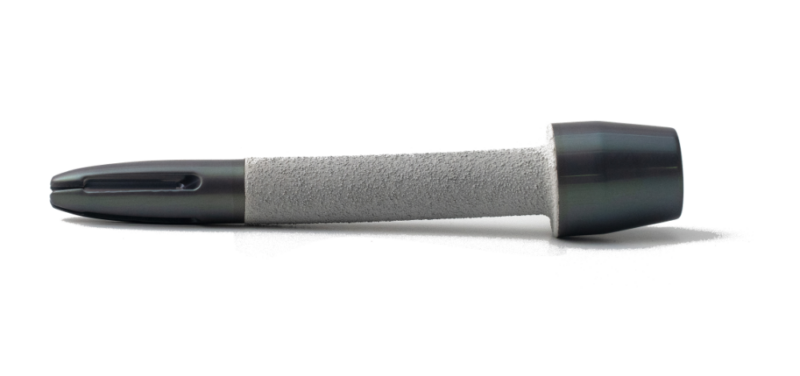Patriot™ Stem

Designed for patients with an above-knee amputation (AKA), the Patriot™ Endo-Exo Stem is designed to osseointegrate with the intemedullary canal of the femur to act as a transcutaneous, distal intramedullary device, with a distal external coupling system which serves to connect with the AKA prosthetic. Incorporated into the design is a safety measure, activated in cases of high torque activity. The pin located between the endo and exo components serves to protect the femur from mechanical overload by acting as a stress relief point. In the event of shearing, the pin can be easily located and replaced as it is positioned in the distal aspect of the device. The use of the Patriot™ Endo-Exo Stem should be only under the prescription of a certified physician.
Product currently in development. Not approved for sale in the US and Australia.
